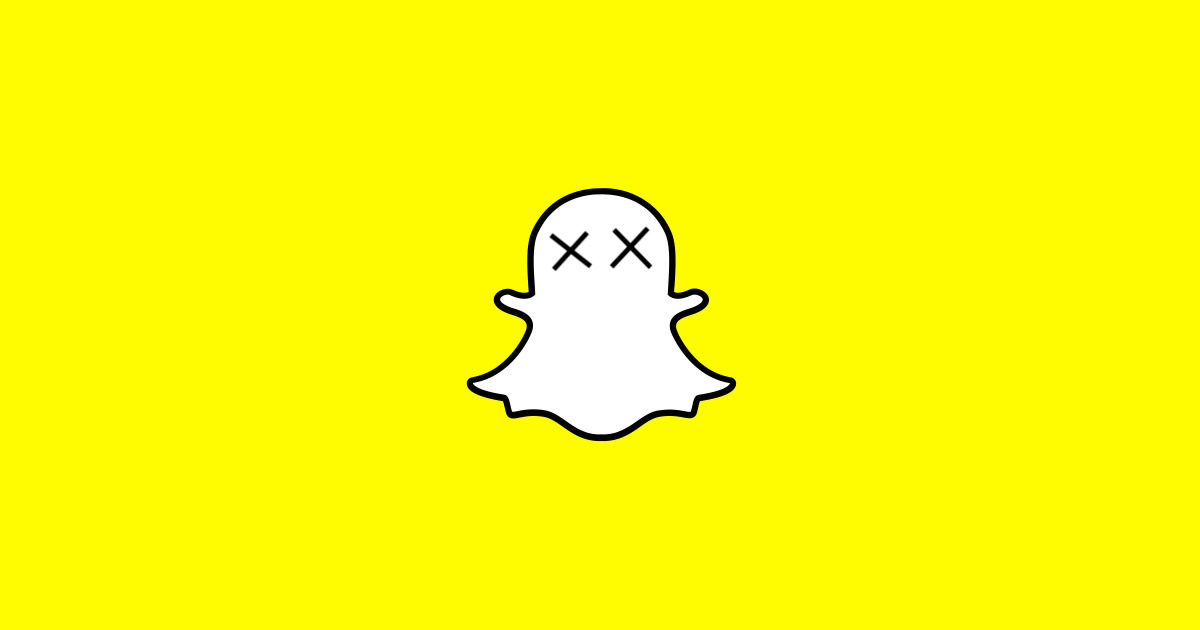Last week, the stock price of Snap, a parent company of Snapchat, hit the all-time low. This, coupled with a disastrous redesign (yes, the one Kylie Jenner tweeted about) and increasingly annoying ads, makes even the most loyal fans of the Snapchat question the future of the app. But is there any hope left for Snapchat?
In August 2016, Instagram rolled out their ‘stories’ function, that, coupled with their user data and global audience, was a well calculated attack on Snapchat. However, back then, there was still a possibility for differentiation: originally Instagram was the home base for celebrities and influencers, while Snapchat was built off of the idea that you are in a private space with your friends.
However, to compete with Instagram, Snapchat decided to go after an entirely new audience: influencers and their followers. The problem was, their backbone was not built to support it, so Snapchat agreed to make its platform friendlier for brands and influencers by redesigning the application. We all know what happened after: a backlash from users, resulting in a Change.com petition with more than a million signatures, loss of trust of the original users.
This left Snapchat at the crossroads: should they continue the fight for the attention of celebrities against Instagram, or should they find a new differentiation point? Snapchat decided to go for the latter, by heavily investing in Augmented Reality (AR) technology. The company is said to attempt to ‘democratize’ AR for everyone, which sparked a new wave of interest from the brands. For them, Snapchat created an opportunity to create a branded AR game and ‘Show Now’ buttons in AR product trials. In-app games, Snappables that also use AR seem to be favored by the current main user base of Snapchat – teens.
Overall, AR is a good way for Snapchat to buy some time, to figure out what will be the next big step for the company. However, soon enough competitors might start adopting the same technology, and we might need to say goodbye to Snapchat once and for all.
Sources used:
Dua, T., 2018. Snapchat’s betting its future on augmented reality ads — here are all the different types. [Online]
Available at: https://www.businessinsider.nl/snap-stock-price-betting-its-future-on-augmented-reality-ads-2018-4/
[Accessed 22 Sept 2018].
Warfield, N., 2018. Snap hits all-time low, and market watcher sees ‘dead man walking’. [Online]
Available at: https://www.cnbc.com/2018/09/13/snap-at-an-all-time-low-market-watchers-say-stock-is-dead-man-walking.html
[Accessed 22 Sept 2018].


Great article Mariia! It is interesting that the reasons for the potential ‘death of Snapchat’ are explained in the articles of our master. In ‘Managing our Hub Economy’ the authors explain how Moore’s Law, Metcalfe’s Law and Digital Network Formation leads to increased power of networks. Instagram stories and also Facebook stories clearly makes use of at least the latter two during in their battle against Snapchat, since they already have a huge userbase compared to Snapchat.
Another aspect is explained in ‘Optimizing your Digital Business Model’. The authors explain how the transparency of Digital Business Models leads to risks such as low switching costs and third party comparisons. This is clearly the case with Snapchat, since there are almost zero switching costs, especially if your friends are already on Instagram as well. Also, a third party, in this case even an individual called Kylie Jenner, can have a huge impact on the Digital Business Model.
I wonder if Snapchat can prevent their own death! AR might be the way to go, especially for their young target audience.
Interest and insightful take on the development of Snapchat (and it’s main competitor).
However, I would argue that the importance of the company valuation is not nearly as important as certain key performance indicators, such as daily active users (DAU) and its presence in developing countries, to predict the future of Snapchat.
Firstly, the amount of DAUs has continued to grow significantly (Q1 2017 – 175 million to Q1 2018 – 191 million), even though the competition with Instagram is intensifying (1). Secondly, the presence of Snapchat in developing countries is growing significantly and Snapchat is expecting that this market segment will continue to boost their active users in the nearby future further (2).
As the DAU continues to grow (both in Western and developing nations), it is clear that Snapchat is still extremely relevant and useful to its users. Whilst the competition might indeed be slowing down the growth of Snapchat, I would argue that Snapchat seems to be doing just fine.
Sources:
(1): http://uk.businessinsider.com/how-many-people-use-snapchat-user-numbers-2017-2?international=true&r=UK&IR=T
(2) https://www.statista.com/chart/7951/snapchat-user-growth/